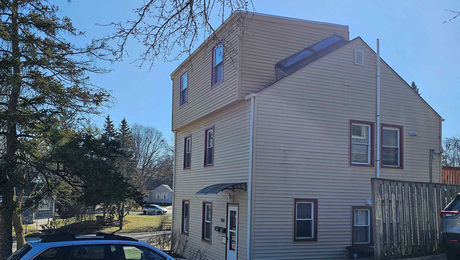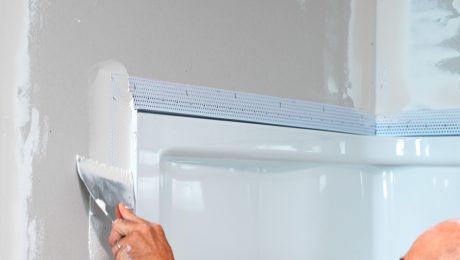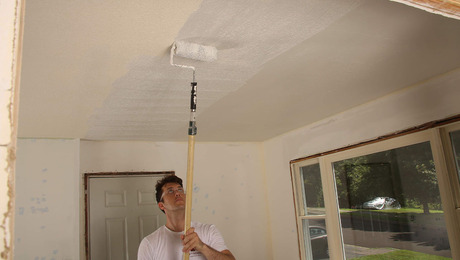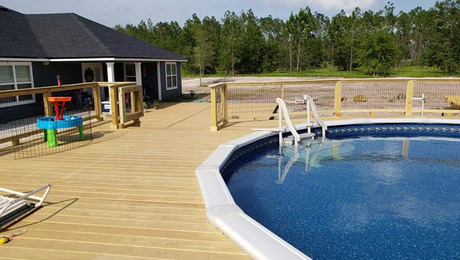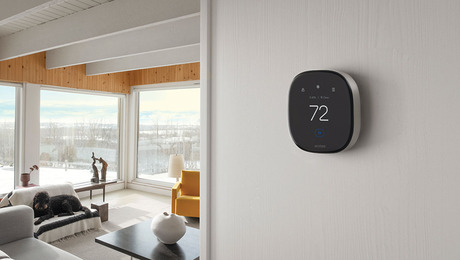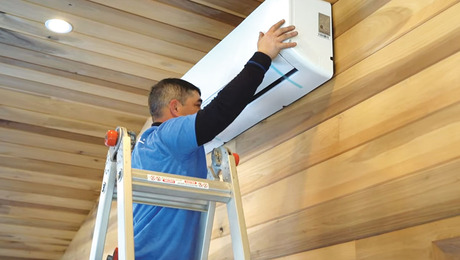What’s Hot in Bathroom Heaters?
There are lots of options for taking the chill off. Which one fits your house?
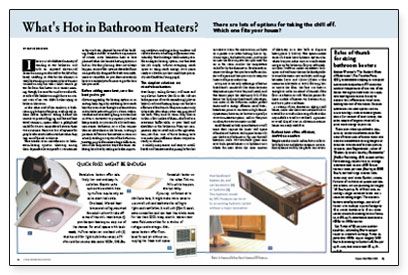
Synopsis: This summary of products designed to heat a bathroom covers overhead infrared lamps and ceiling-mounted forced-air units, wall-mounted heaters, kick-space units and several types of in-floor hydronic heaters. A short accompanying article describes towel warmers. List of sources included.
I have a vivid childhood memory of standing at our bathroom sink with an exposed electric-coil heater humming on the wall to the left of my head, crackling as dust hit the element. It was like standing in a toaster whose burners worked on only one side. I didn’t want to go too far from that heater on a winter morning, though, because the window on the other side of the bathroom might have an interior coat of ice. We didn’t bother trying to bathe in that room.
At the other end of the rainbow, a bathroom might have a fireplace, a whirlpool, radiant floors, hydronic tubing behind the mirrors to prevent fogging, and his and hers towel warmers — Myson offers a gold-plated model for $7,000. Somewhere between these two extremes, there are lots of options for people who need a little extra heat when they step out of the tub or shower.
This article is an introduction to bathroom-heating options. Choosing among them depends a lot on specific circumstances at the work site: physical layout of the building, budget and the contractor’s experience. Of course, extra bathroom heat is best planned when the home’s heating system is laid in; but that planning does not always happen. Some of the systems described here are specifically designed for bathroom additions or remodels, so you don’t necessarily have to overhaul your furnace to get the heat that you need.
Before adding more heat, save the heat you’ve got
If you’re upgrading the heating system in an existing bath, begin by calculating how much heat the room loses through under-insulation and air leaks around windows, doors, outlets, switches and recessed lighting. You can hire an HVAC contractor to pinpoint your heat loss precisely. Or you can do a lot with common sense. Bathroom air is often warmer than air elsewhere in the house, creating a pressure difference that results in warm air actively seeking a way out of the bathroom. Just stopping drafts makes a huge difference, even if the temperature stays the same. Reducing heat loss by sealing air leaks, improving insulation and upgrading windows will reduce the active heating requirement considerably. This backstage work makes possible an elegant heating system, one that does the job simply, without occupying much space or using much energy. Now you’re ready to calculate just how much heat you really need.
The simplest solutions are stand-alone heaters
Heat lamps, ceiling fixtures, wall units and tiny electric heaters that fit in the cabinet kick space are all worth considering. Infrared heating lamps are the least effective of the bunch. They are meant only to heat the skin when you’re stepping out of the bath. They tend to warm only what is within a few inches of them — the food at a restaurant buffet table, or your head and shoulders in the bathroom. They are inexpensive, easy to install and, in the right situation, just fine. One of those heating units was more than sufficient where I stayed recently in Florida.
Similarly inexpensive and easy to install, baseboard heaters use the principle that hot air rises to warm the entire room. Air heats as it passes over either heating fins or hydronic tubes, the heated air rises, and cooler air near the floor repeats the cycle until the air in the room reaches the temperature called for by the thermostat. Baseboards require two things: that you have sufficient linear wall space and that you want to use your linear wall space in that way.
For more photos, drawings, and details, click the View PDF button below:
Fine Homebuilding Recommended Products
Fine Homebuilding receives a commission for items purchased through links on this site, including Amazon Associates and other affiliate advertising programs.

All New Kitchen Ideas that Work

Not So Big House

Plate Level
